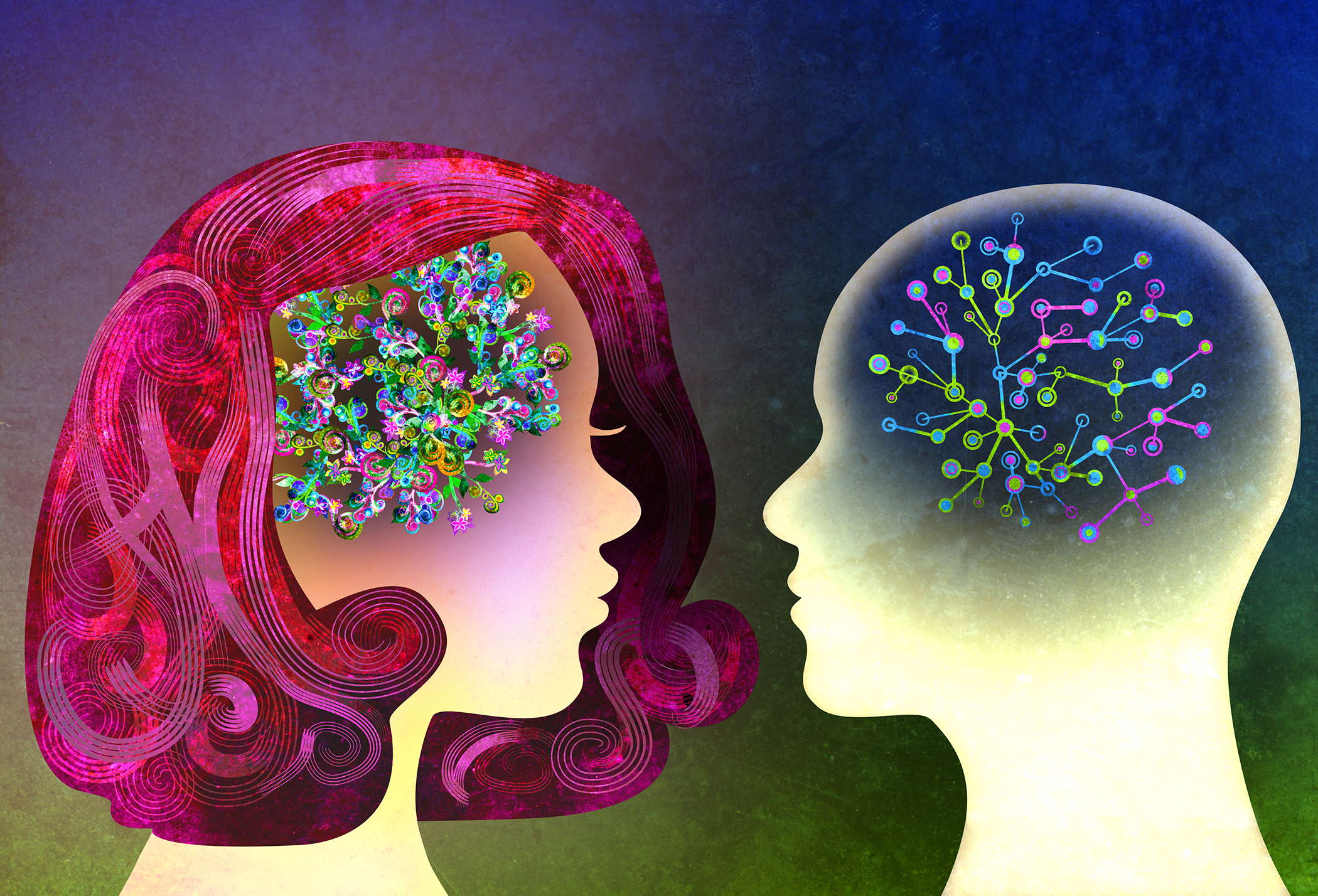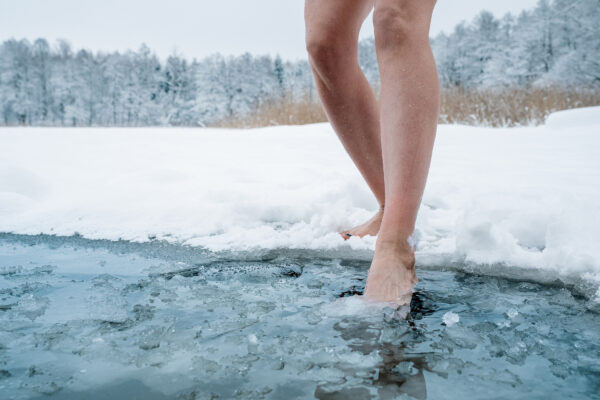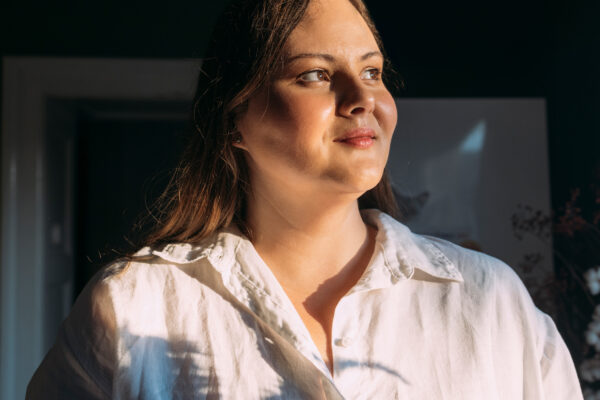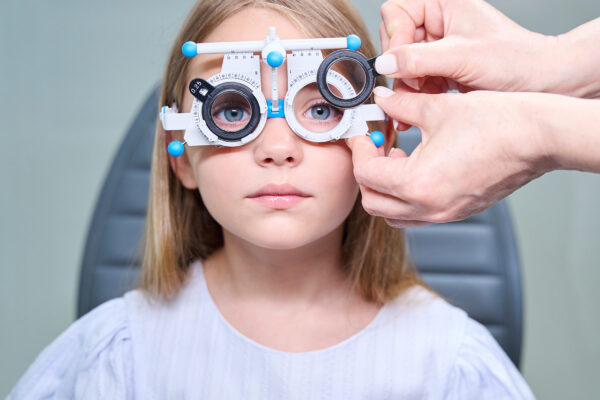Understanding Desire in Long-Term Relationships
By Jamie Bussin/Featuring Carlyle Jansen
Does familiarity breed discontent? Why is passion so strong at the beginning of a relationship and then wanes as time goes on? Why do some people stop feeling as much desire as they used to? I spoke about this with sex therapist Carlyle Jansen in one of the first episodes of the Tonic Talk Show/Podcast. This is a digest of that conversation.
Why Does Passion Fade?
At the start of a relationship, everything feels electric. “You want to have sex in the alleyway, in the bathroom, on the bed—anywhere,” says Carlyle. This initial intensity is driven by a flood of endorphins and novelty. But eventually, those chemical fireworks subside—usually somewhere between 18 months and three years in.
As the excitement dims, many couples transition into a more comfortable, companionate love. We start choosing to cuddle and watch a movie instead. While this shift is natural, it can leave some wondering: Why don’t I feel the same desire I used to?
Spontaneous vs. Responsive Desire
For some, particularly those with higher testosterone levels, desire remains relatively stable. But for many—especially women, though not exclusively—their desire doesn’t show up out of the blue. Instead, Carlyle explains, they experience what’s known as responsive desire.
“Responsive desire means you get aroused first, and then you feel horny,” she explains. Rather than waiting to want sex, you have to get into the experience before the desire kicks in.
By way of example: “You start kissing and touching, and as arousal builds, you suddenly realize, ‘Oh, this feels good. Why haven’t we done this in weeks?’” That is responsive desire at work. The key is to stop waiting for the spontaneous urge and instead create opportunities for arousal to arise.
Getting in the Mood—Without Pressure
Many people rely on alcohol or cannabis to lower inhibitions and get in the mood. Carlyle doesn’t judge this approach, but she offers a word of caution: “If that’s your only way of accessing desire, it’s worth looking for alternatives.”
She suggests exploring other ways to relax and connect: take a shower together, go for a run, meditate, read erotic stories, or watch a sexy movie. “The goal isn’t to force sex,” she says. “It’s to find times when you’re open to connecting—even if it starts with just a massage or a makeout session.”
Importantly, this removes the pressure of making sex goal-oriented. Enjoy the moment, Carlyle advises, and let desire arise naturally. “When you’re in the moment, you enjoy it more. You’re more present, more connected, more satisfied.”
When Desire Disappears Entirely
What if you’re just not interested at all? “It’s only a problem if it’s a problem for you—or your partner,” says Carlyle.
Sometimes, lack of desire stems from poor technique or not knowing what brings pleasure. “If you keep going back to a restaurant where the food wasn’t good, are you going to be excited about it?” she asks. Learning about your own body and how to communicate with your partner can make a big difference.
And even if sex changes or stops altogether, that’s not necessarily a failure. Many couples go through long dry spells or shift to new ways of connecting—like exploring tantra, sacred sex, or kink. “Necessity is the mother of invention,” Carlyle reminds us. “When the old ways stop working, new paths can emerge.”
Final Thoughts
Desire evolves, and so should our approach to intimacy. Whether it’s learning how to respond to arousal, trying new ways to connect, or simply letting go of outdated expectations, there are always ways to rediscover passion.




